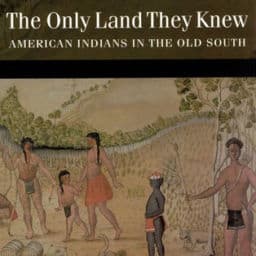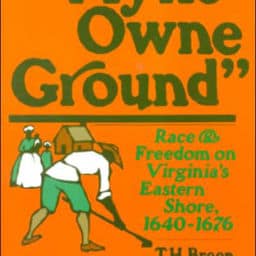Olmsted, Frederick Law, and Harvey Wish. The Slave States, Before the Civil War: . New York: Capricorn Books, 1959.
1. Thesis: The institution of slavery is the inhibitor of civilization and modernization in the South. It slows the progress of education, morality, community, social mores, customs, culture, infrastructure, economic advances, wages and labor practices. It however, promotes destitution, waste and abuse.
2. Structure: Olmsted is first, and foremost, a journalist. Journalists go out to seek the story, desiring first-hand accounts and interviews for evidence. The Slave States is comprised of four separate writings (volumes) by Olmsted, including: 1) Journey to the Seaboard Slave States, 2) Journey through Texas, 3) A Journey in the Back Country and 4) The Cotton Kingdom. The first three entries detail his journey through the Slave States and interactions with various people of all classes (slaves, laborers, Germans, Mexicans, plantation owners, overseers, business people, backcountry people, educated and uneducated people, hostellers, etc.). The Cotton Kingdom provides a brief overview of Olmsted’s claim that the Southern slave society is useless and unprofitable to both the rest of the Union and to the South.
3. Evidence:
a. The South as it differed from the North: “Stranger in a strange country” (p.98) | “whites are different”, blacks not as well off, etc. as Olmsted travels further South (p. 112)
b. Opinions towards slaves/negroes: “Vagabonds that require constant attention/assistance (p. 40) | “like children” (p.41) | animals/breeding (p.49) | property (p.50) | “Providence had put the servants into our hands to be looked after” (p. 64) | “you can make a nigger work but you cannot make him think” (p.76) | liability of swamp runaways (p.84) | “negro can never be trained to exercise judgment” (p.86) | if leave everything to Negroes, nothing would come of the South (p.87) | “stupid and moping” (p.88) | “gol-durned lazy niggers”(p.98) | “chicken thieves” (p117) | “our duty is only to make the best of a bad thing” (p118) | “steal just like hogs” (p.164)
c. Poor whites: No trade, worked boats, didn’t do “nigger work”, in competition with Negroes (p.70) | “despicable class”/”uncultivated and unimproved” (p.71) | Mr. R didn’t like poor people living near him because “they demoralize his negroes” (p116) | condition of the young men in Louisiana likened to “barbarism” (p162) | households not civilized/greasy pillows/dirty sheets/shared towels etc. (p178) | woman mixing cakes in the wash basin (p. 213) | saw Negro labor as competition (p.231)
d. Industry/Infrastructure lacking: Land and agriculture misuse, underutilized or left to waste (throughout) | Olmsted spends all day lost trying to get to Mr. W’s in VA – no clear roads | directions, etc. (p.64) | slow, unreliable travel/times/train/river crossings in NC (p.99-100) | lost again in Louisiana (p162) | slower news (p.220) | long travel times meandering or getting lost (throughout)
e. Slavery: End of slavery only if there is repayment for property loss or shipment overseas (p.80) | overseers abusive (p.41/p.81) | slaves the “only reliable labor” (p71) | yet labor costs are higher “free-labor is more profitable than slave-labor” (p.83) | bad management/”cannot afford to apply their labor to anything else but cotton” (p102) | “it was not instituted by us – we are not responsible for it” (p118) | plantation-owners as “swell-heads”/arrogant (p.185) | slave hours some 15-16 per day with little rest (p.202) | “all natural incitements to self-advancement had been studiously removed or obstructed” (p.206) | “it made the rich people who owned the niggers passionate and proud and ugly | and it made the poor people mean” (p 229)
f. Lack of Education – black didn’t know existence of France (p. 120) | “evidence of an active intellectual life and desire for knowledge and improvement … is unknown wherever slavery degrades labor” (p158) | “cannot count above twenty” (p172) | low enrollment in schools (p196) | lack of knowledge of geography (p211) | perception of the rest of Union like the South (everybody knows everybody-smaller scale interaction) (p.219)
4. Convincing? Yes. Olmsted paints a solid picture of life, culture and institutions of the South. The main question one must ask is this: With all of the downside to slavery as a way of life, what is the upside? Where do the profits go? Criticisms? Yes. Just how purely representative are the examples he gives? Are all of his encounters completely random? Did he miss opportunities to explore other regions of the South not mentioned? What about the plantation owners who seem conspicuously absent from his assessments? Where are they and where are their profits?



